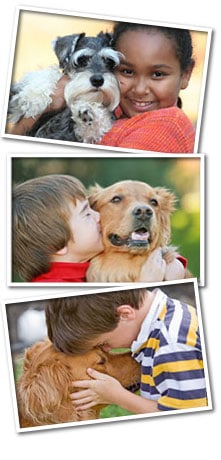Have you ever come home from work to find that your dog has chewed a hole in the door, pooped in the house or, according to the neighbors, barked incessantly? You may have chalked it up to boredom or to spite because you felt your dog must be mad at you for being gone all day. That’s a shared acceptance, but that might not be the case. What seems to be “bad” behavior is often a dog’s response to fear. And fear, anxiety or stress is often at the root of canine separation anxiety.
Common Problem
Separation anxiety is one of the most common behavior issues in dogs. There are lots of dogs that suffer from separation anxiety. Dogs with separation anxiety fall apart when they’re left alone or when the person to whom they’re attached to leaves the house. They begin to get anxious when they see signs of leaving such as putting on work clothes, or picking up keys or a purse. From pacing, panting or drooling, their behavior may escalate to destructive chewing, especially at doors and windows; nuisance barking; or peeing or pooping in the house.
Managing Separation Anxiety
Start by adjusting your dog to departure signs so they don’t have as much meaning. Get dressed as you would for work, then sit down on the couch and read the paper. Pick up your keys and carry them to another room, or go outdoors with them and then return. The idea is to reduce your dog’s association of those actions with your leaving. Practice often so that he becomes more relaxed when you perform the actions.
Make departure time special. Not by giving your dog a profound goodbye but by giving him a treat or favorite toy that is available only when you leave. A hard rubber Kong toy stuffed with goodies such as peanut butter, slices of carrot and other favorite treats serves a triple purpose: it’s a treat, it’s a toy and it’s a distraction from your departure, keeping your dog occupied for a while after you’re gone. Give the treat or toy in a matter-of-fact manner — no getting your dog all revved up just before you leave. Same for when you come home. Always leave and greet him calmly without a lot of elaboration. He should come to view your comings and goings as just a normal part of the day.
Other routines that you can build into a departure ritual include turning on the television to a nature channel or kid’s show, tuning the radio to a classical or jazz station or playing other music that your dog likes. Joining all of these things into a normal routine teaches your dog that good things happen when you leave. That can help him to chill during your absence. The ability to be confident and comfortable while you’re away is an essential ability for your dog to learn.

